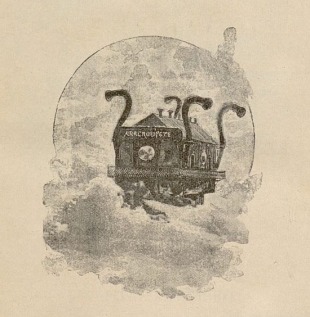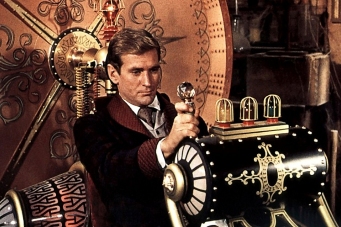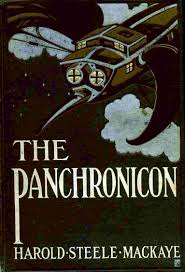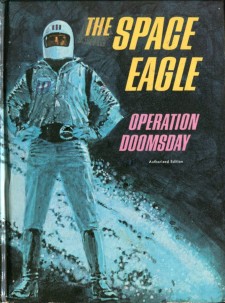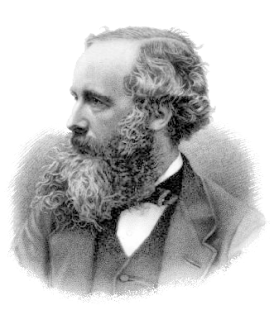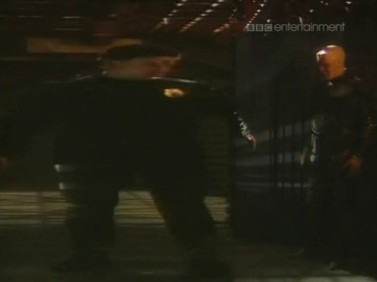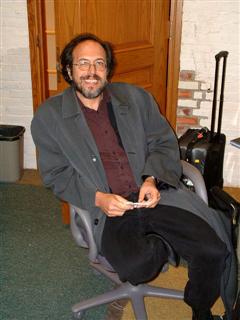Christmas is just around the corner. Mince pies are baking. Turkey (or Tofurkey) is ready to be basted. Presents are being wrapped. The Pogues are playing on mind-numbing repeat. Time, then, for a Christmas themed post: How does Santa manage to deliver all of his gifts in one evening?
In each timezone, Santa gets roughly the same amount of time. Therefore, for instance, he has roughly an hour to deliver his parcels throughout, not just the United Kingdom, but also portions of Greenland, all of Iceland, and numerous countries in Africa, from Burkina Faso to Senegal.

It’d be hard enough to do just the UK in one hour! Assume that the average distance between houses was ten metres. And imagine that only one million households were nice rather than naughty this year. That’d still mean Santa has to weave a six thousand mile path across the UK. His sleigh would have to average 6000mph, roughly three times quicker than the fastest airplane. Further, he has to stop and start a million times in that hour. My back of a stamp calculation indicates that this would involve a g-force of roughly 280 million gs. That would reduce his reindeer to pulp. (I’ve not googled how many g’s a reindeer can survive––I was worried what I’d find––but I’m fairly certain it’s at most 279.999 million less gs than that…)

But presumably Santa Claus has other powers at his disposal. After all, if the elves in his toy factory can ignore patent law, maybe Santa can ignore the laws of physics? Dr. Roger Highfield suggests that he might have access to technologies which allow him to warp spacetime. And if Santa could toy with the fabric of space and time, maybe he could deliver his parcels without reindeer puree being an issue.
What if Santa could freeze time? This is exactly how it works in the Disney movie ‘Twas the Night. By freezing time, the world around Santa remains stock still whilst he and his reindeer fly around, from home to home. He now has all the time in the world to deliver to a million houses. In fact, now it’s easy to see how he gets inside every house! No longer must Santa squeeze down your chimney; he has all the time in the world to take your front door off of its hinges and reattach it when he leaves.

That time might freeze, but people might move around nonetheless, is not a new idea. It appears in Thomas White’s 1646 Institutionum peripateticarum. White identified time with the passage of the sun. As Emily Thomas explains in her book Absolute Time, were the sun to stop in the sky then “White states that time ‘would not, really, passe on’ although we would ‘make use of it as if it did.’”. It looks as if White had in mind that, were the sun to stop, whilst time stops with it we could all move around anyhow, active within that frozen instant. Santa would be doing the same thing, but it’d just be him and the reindeer which got to move around; everyone else would be as frozen as time itself.

That someone might manage to move around a world frozen in time has appeared in various pieces of fiction. One of the more famous appearances is in The Twilight Zone’s ‘A Kind of Stopwatch’ where Patrick McNulty, the protagonist, finds a stopwatch that freezes time. He uses it to comic effect before trying to steal money from a bank vault. In the process the watch smashes, and McNulty is forever trapped in a single moment of time.
‘A Kind of Stopwatch’ probably took its inspiration from MacDonald’s The Girl, the Gold Watch & Everything, released the year before (and which got a film adaptation in 1980). And we see it in Saved by the Bell with Zack Morris inexplicably having the power to ‘Time Out’ and move around. In fact, it appears in countless other places!
Santa will have some challenges using this method. For instance, it’s unclear how physics works when time is frozen. Imagine we freeze time whilst a hurricane is taking place on the other side of the world. Doesn’t that hurricane stop in its path? But if that mass of air stops moving, shouldn’t that mean that every mass of air stops moving? And if that’s true, how am I moving air molecules into my lungs in order to breath? Or consider light rays. If time has stopped, won’t they stop too? Won’t I be plunged into darkness when I freeze time because I no longer have photons bouncing off of my eyes? How’s Santa meant to steer?
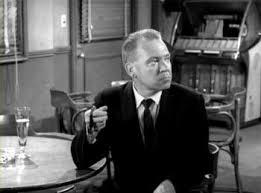
You might also be wondering what freezing time has to do with this blog’s focus on time travel? Well, it turns out that the two are very similar and that Santa has some philosophical worries when he freezes time. Imagine we travel back in time. Some think that in doing so we make time two, contradictory, ways. For instance, one way would be that my grandfather was alive and well in 1930. But after I use my time machine I could shoot him dead back in 1930. Now the world is a second, conflicting way: In 1930 he is not alive and is not well at all. By using a time machine we can make the same instant in 1930 two different ways. How’s that meant to work, though? How can we change time?
Whatever the solution (and we will look at some in later posts!) we get exactly the same problem with freezing time. Imagine Zack Morris is in Mr. Belding’s office. Caught in a tricky situation, he freezes time. He runs from one side of the office to the other before time restarts as he’s heading out of the door. At that moment in time, it seems he both is in Mr. Belding’s office and isn’t in it. Time is two, contradictory, ways!
So Santa would have to contend with the mysteries of time travel. If freezing time, and delivering parcels, needs time to be contradictory ways, Santa would need to figure out how that would work––how could time be changed to have him first at one house and then at another?
